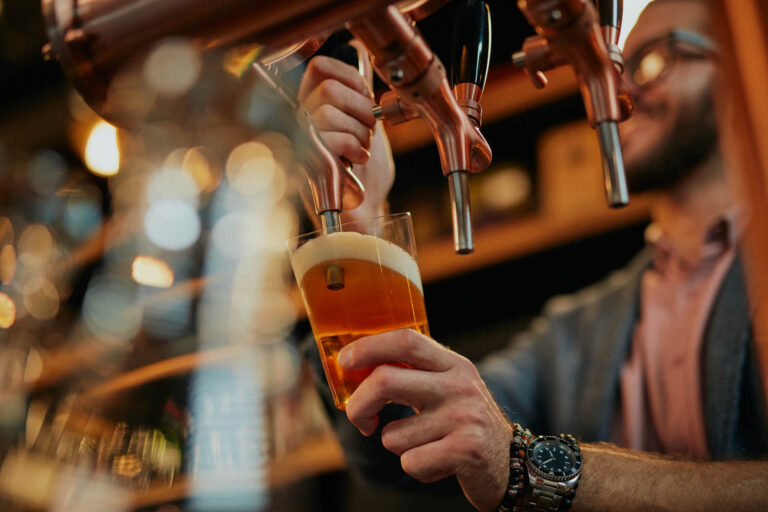06/08/2025
Inside the IWSR Global Trends Report: Key Drivers for Beverage Alcohol in 2025
At a challenging time for the global beverage alcohol industry, a number of important trends are poised to impact the marketplace in the coming months – from evolving premiumisation to lifestyle shifts, the impact of technology, changing attitudes to social drinking, plus geopolitical and tariff tensions
After a difficult year for beverage alcohol in 2024, when total beverage alcohol (TBA) volumes declined by -1% and revenue gains were elusive, with value up by +1%, brand owners are facing up to an ever more complex and changeable marketplace.
Against this increasingly volatile backdrop, six key trends have been identified and examined by IWSR, the global authority on beverage alcohol data and intelligence, spanning everything from premiumisation to the external pressures of geopolitics and tariff tensions.
IWSR’s Global Trends Report 2025 analyses these six global macro trends in great depth, breaking them down further into a number of sub-trends that explore 2025’s key market drivers – equipping companies with information and insights to shape their strategies in the months ahead. Here is the summary of some of the key trends. The full 90-page report with in-depth data, charts and analysis across key markets is available via the IWSR platform.
1: Selective premiumisation
The global premiumisation trend is still evident, but it is now less linear than in the past, fragmenting as a result of economic pressures and shifting consumer values. As the market landscape evolves and becomes more nuanced, growth persists in select regions and on specific occasions.
Premium-and-above volumes (excluding national spirits) grew by +3% in 2024, according to IWSR data, largely driven by beer. Growth was more apparent in South America, Asia and Africa & the Middle East, with North America and Europe more subdued.
Health concerns and economic considerations are leading consumers to drink less, but to choose higher-quality options when they do. Rather than being driven by status, people are increasingly motivated by purchases that reflect personal values, occasion relevance and perceived value.
This ‘selective premiumisation’ is particularly apparent in the perennially vibrant cocktail culture, which is fuelled by a growing desire for unique experiences and innovative offerings. RTD cocktails/long drinks volumes are forecast to double globally between 2019 and 2029, with North America seeing growth of up to +400%.
“As premiumisation becomes increasingly fragmented, brand owners must invest in monitoring consumer sentiment and data to identify emerging growth areas,” says Emily Neill, COO Research. “Gaining a clear understanding of the dynamics between categories and the drivers of premiumisation will be key to unlocking new opportunities.”
The above analysis reflects IWSR data from the 2025 data release. For more in-depth data and current analysis, please get in touch.
Share your details to unlock this article
CATEGORY: All | MARKET: All | TREND: All |
Interested?
If you’re interested in learning more about our products or solutions, feel free to contact us and a member of our team will get in touch with you.




